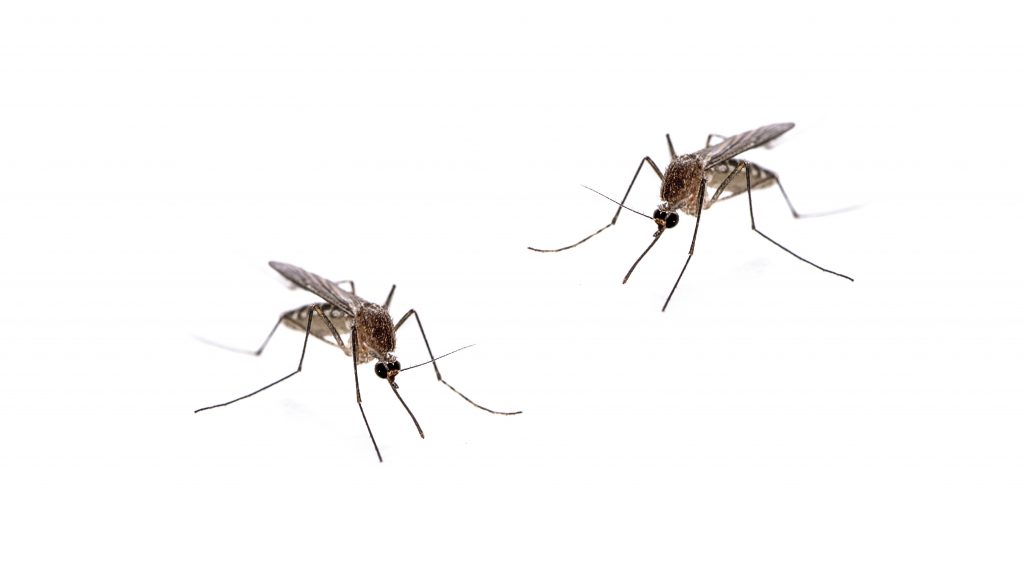Tropical and vector-borne diseases account for more than 17% of all infectious diseases, causing more than 1 million deaths annually. Recognizing infected patients early in their clinical course is critical to researchers working in developing tools to prevent outbreaks. Meridian offer a range of antigens and antibodies suitable for the development of sensitive and specific immunoassays that detect tropical and vector-borne diseases. Their antibody pairs have already been validated in various immunoassays. You won’t waste time finding the right match, it has already been validated for you.

In the first part of this post, I’d like to introduce a selection of ready-to-use antibody pairs available for the main tropical and vector-borne diseases such as Chikungunya, Dengue, Ebola, Leishmania, Malaria, Yellow fever and Zika to name but a few. I’ll focus in the second part on Flavivirus immunoassay development with troubleshooting and usage tips coming from Meridian scientists to help overcoming high epitope cross-reactivity, a common issue in this specific virus family.
Immunoassays are the most rapid and convenient methods available for tropical and vector-borne diseases diagnostic. Tests either detect antigens from the infectious agent or virus specific IgG/IgM antibodies using formats such as solid-phase dip-sticks (ELISA), particle agglutination, and lateral flow. Ideally, screening assays should have minimal cross-reactivity with other infectious diseases and have high sensitivity, especially during the early stages of the infection.
The antibody pairs shown in the table below have been selected for their sensitivity and specificity. Each antibody is validated either as capture or detection antibody, for some with the possibility of a reversible interaction (indicated as R in the tables below). The list is not exhaustive. Just contact me if you cannot find your match!
Validated Antibody pair for tropical diseases immunoassay development: a small selection among others
| Virus antigen | Capture antibody | Detection Antibody |
| Dengue Virus NS1 | C01914M | C01913M |
| Dengue Virus NS1 | C01652M | C01649M |
| Dengue Virus NS1 | C01652M | C01650M |
| Ebola NP | C01964M | C01965M |
| Malaria HRP-2 | C01817M | C01816M |
| Malaria pLDH | C01834M | C01835M |
| Yellow Fever NS1 | C01912M | C01906M |
| Yellow Fever NS1 | C01912M | C01911M |
| Yellow Fever NS1 | C01906M | C01910M |
| Zika Virus NS1 | C01867M | C01868M |
| Zika Virus NS1 | C01888M | C01890M |
| Japanese Encephalitis Virus | C01976M | C01978M |
| JEV NS1 | C01977M | C01978M |
| JEV NS1 | C01977M | C01980M |
| Nipah Virus G protein | C01975M | C01974M |
If you want to know more, you can download this more comprehensive flyer including the full list of antibodies and the applications they have been validated on, together with their matching antigens.
A focus on Flavivirus immunoassay development : troubleshooting and usage tips

As this post is focused on immunoassay development for tropical diseases agents, I thought it would be interesting to give you some insight on immunassay optimization, taking the example fo the flavirus family and how to overcome cross-reactivity issues.
The Flavivirus genera (e.g. Dengue, Zika, Japanese encephalitis virus, West Nile, etc) share epitopes which induce the development of cross-reactive antibodies. This leads to great difficulty in differentially diagnosing flaviviral infections, especially where flaviviruses co-circulate such as in tropical climates.

Flaviviruses are enveloped, single-stranded RNA viruses that share several common traits such as size (40–65 nm), symmetry (icosahedral nucleocapsid) and appearance (spherical geometries). Their genomes encode a single, large polyprotein, which is proteolytically processed to yield various structural domains (Envelope protein, Membrane precursor and Capsid protein) and several non-structural (NS) proteins (NS1, NS2a, NS2b, NS3, NS4a, NS4b, and NS5).
Envelope (E) Protein: This is the dominant protein present on the surface of the flavivirus virion and it is a major target for neutralizing antibodies. It contains very highly conserved regions therefore antibodies directed to the envelope protein tend to be cross-reactive. Specifically the domain III of the E protein contains a panel of highly immunogenic epitopes, and peptides representing this domain can be used as antigens for serologic diagnosis.

NS1 Protein: NS1 is a glycosylated, membrane-associated, secreted glycoprotein with replication and immune evasion functions. NS1 antigens can be detected very early in infection (as early as 1 day post infection). In addition NS1 is serotype-specific, and for viruses such as Dengue where more than one serotype circulates, NS1 antigens enable virus serotyping by ELISA.
Methods to increase IgG and IgM sensitivity
1. IgM-Capture Assays: when using anti-human IgM Fab fragment antibody as the capture (as opposed to a full-length anti-human IgM antibody), more Fab fragment antibodies are able to bind to the surface area of the solid substrate increasing the number of binding sites available for total IgM antibody that can be captured.
2. Lateral Flow Assays: employ the bridging method in which colloidal gold-labelled disease specific antibody (e.g. MAb or PAb to Dengue NS1) is pre-mixed with recombinant antigen (e.g. Dengue NS1) and biotinylated anti-human IgM. Conjugating colloidal gold directly to the antigen can inhibit its ability to bind to captured IgM. Furthermore, using a gold-conjugated PAb, which has a broad reactivity, can further increase assay sensitivity. A PAb can bind to different antigen epitopes therefore enabling more than one PAb to bind to the same antigen simultaneously to generate a stronger signal.
Reducing cross-reactivity between flaviviruses in EIA assays
To improve assay specificity, it is necessary to remove any cross-reacting antibodies that could bind to the antigen and cause a false result. Defined epitope blocking ELISAs have successfully been used to increase the specificity and for differentiating flaviviral infections through targeting epitopes on NS1 or E protein. By including low concentrations of unconjugated antigens representing the potential cross-reactive species, it is possible to block their binding to the target antigen.
If you want to know more about this or wish to get some help in selecting your immunoassay reagent for a specific vector-borne disease, just contact me and I’ll be happy to help.



